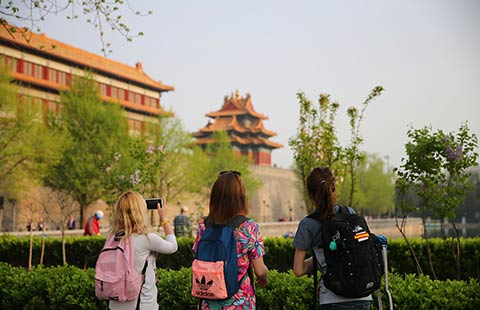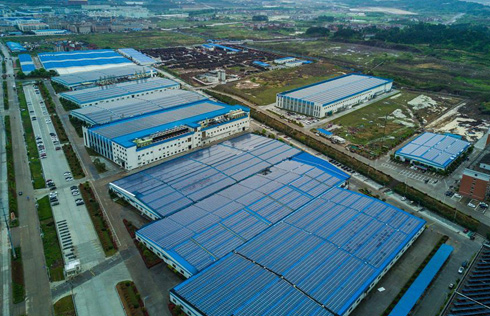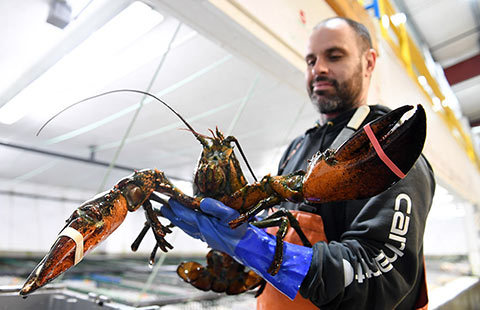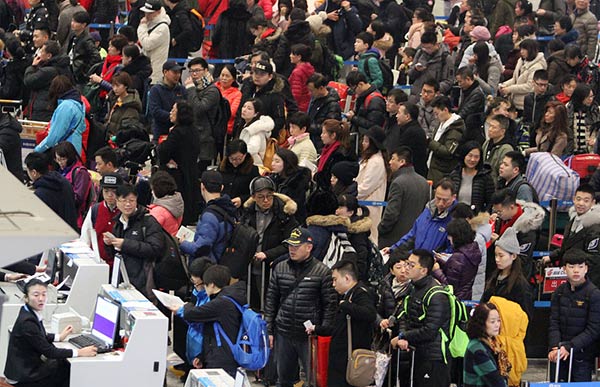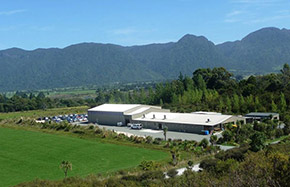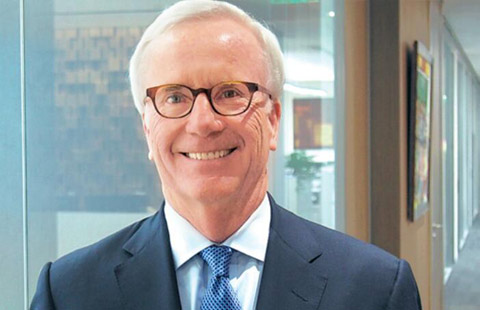China's industrial output up 9.3% in April
Agreeing that the current economic growth between 7 and 8 percent is reasonable, Wang said more efforts should be taken to adjust the economic structure and deepen reforms, in order to deal with more deeply rooted problems and inspire economic vitality.
Apart from weakened growth momentum, the Chinese economy is being threatened by multiple risks including a huge monetary stock, persisting inflationary pressure and mounting local government debts.
The new leadership of the Chinese central government have emphasized the need to stabilize growth, control inflation, defuse risks and deepen reform since it came to power in March.
Meanwhile, the Chinese economy is faced with a key period of change, not short-term cyclical fluctuations, according to Zhang Liqun, an analyst from the Development Research Center of the State Council.
Under such circumstances, pinning one's hopes on large-scale stimulus packages is like looking for a wrong key to the lock, Zhang said.
Echoing this analyst, Wang said the government should refrain from repeated policy adjustments while directing the focus of their work to economic restructuring.
Monday's NBS data also showed urban fixed asset investment, a main driver of economic growth, rose 20.6 percent year on year to 9.13 trillion yuan ($147.29 billion) in the first four months of the year.
Retail sales grew 12.8 percent from a year ago to 1.76 trillion yuan, slightly recovering from the 12.6-percent rise seen in March.






